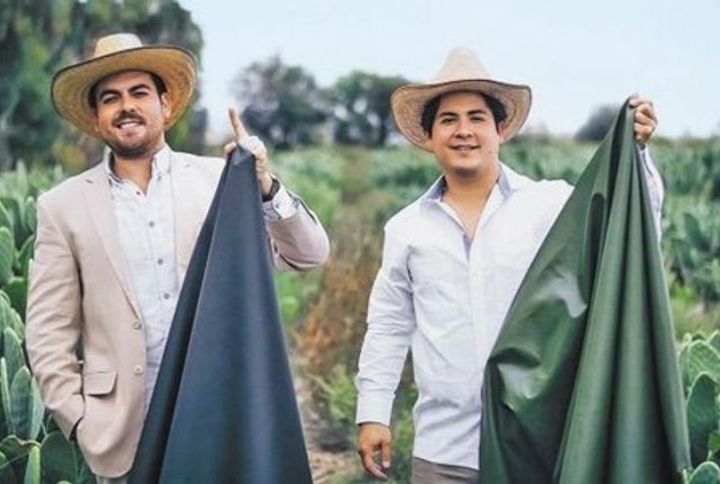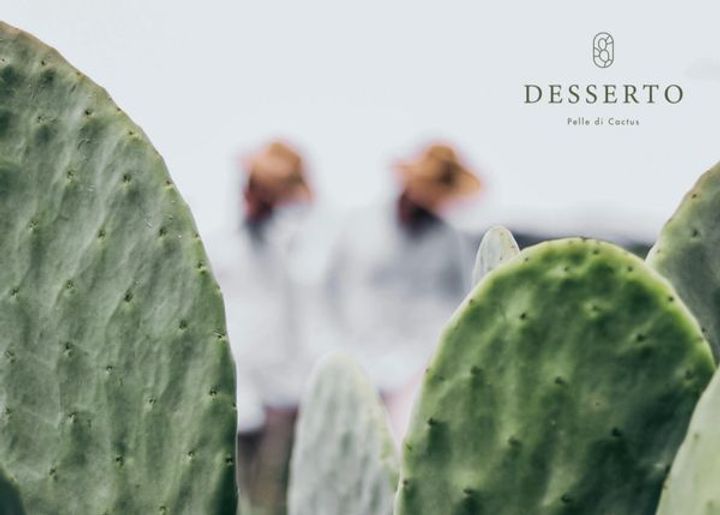
Fashion is amongst the highest contributors to earth pollution because fashion production makes up for 10% of humanity’s carbon emission. And, being stylish shouldn’t have to come at the expense of our environment. 85% of all textiles end up in a landfill. While washing some types of clothes sends tiny particles of plastic to the ocean killing ocean life rapidly. Many brands have been trying to rectify their ways and reverse the effects of fashion on the environment. They’ve been turning to more sustainable practices and once such brand to take note of is Desserto. This fresh out of Mexico brands is shaking up the fashion industry with its organic, all-natural and cruelty-free, cactus leather. This brand has the potential to make the leather industry far more sustainable than it currently is.
What is Desserto?
Desserto is the world’s first highly sustainable, plant-based leather made from Nopal cactus also known as the prickly pear. Founded by Adrián López Velarde and Marte Cázarez from Mexico who desperately wanted to create an alternative to animal leather. This environmentally-friendly material can be produced in different colours in varying thickness and textures. The fabric is easy to identify as it is soft to touch and partially bio-degradable. It can be used to not only facilitate growth in fashion but also be used extensively in making furniture and the automotive industry.
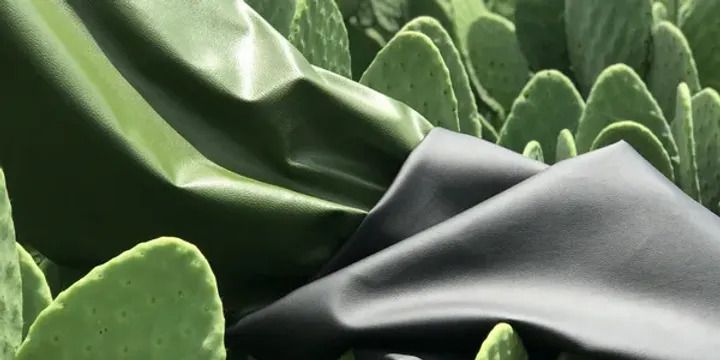
The benefits of this cactus leather are as follows:
- Breathable
- Sustainable
- Bacteria resistant
- Easy to clean
- Hard to stain
- Toxicity free
- Doesn’t use pesticides or herbicides
- Preserves the environment
- Doesn’t need an irrigation system
- Plastic-free
- Animal-cruelty free
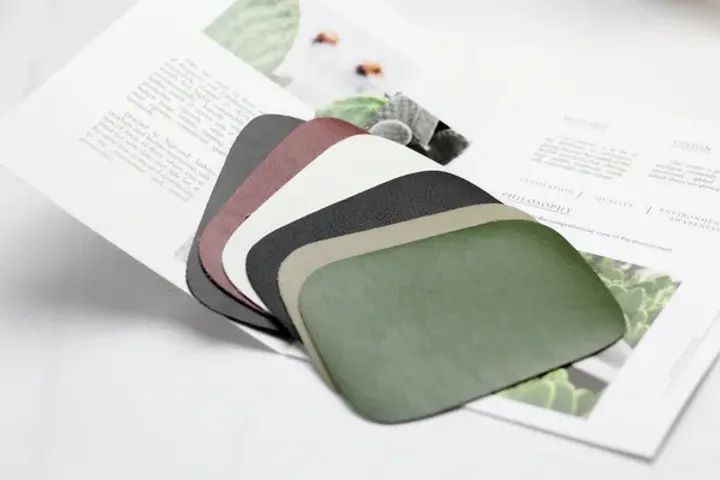
It has taken these co-founders quitting their full-time jobs and about two years of research to finish this marketable cactus leather. Adrian and Marte felt that the growing environmental pollution was a cause for concern and needed to be tackled. They were genuinely interested in looking for a product that would reduce the use of animal-based leather. For one, it requires several resources to create these animal-based products because you need land, livestock, water, feed and staff. You then need to slaughter the animal and treats its skin with tanning agents. This process includes the uses of formaldehyde and chromium which are classified as human carcinogens. Because it takes so many chemicals to make leather goods last long the fabrics aren’t even biodegradable.
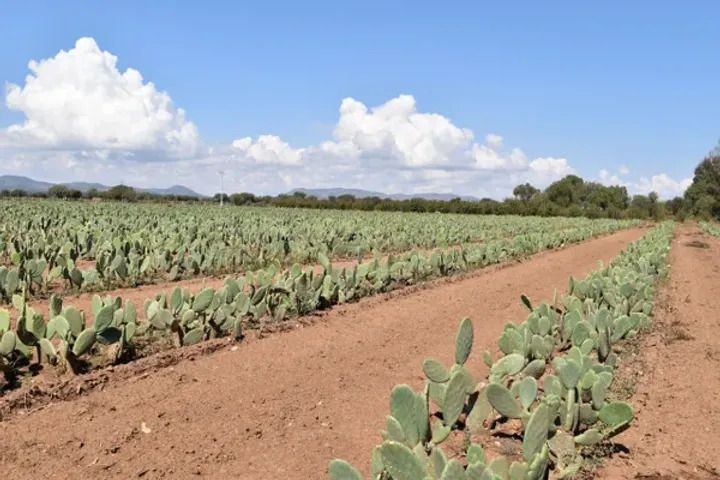
How is this cactus leather produced and developed?
They discovered a process that involved the use of cacti to create a versatile fabric that would mimic this animal-leather. Cacti have a strong molecular bond that can lead to a more tensile and durable fabric. Since cacti grow in abundance in Mexico; they further dove into its uses. They were able to harvest the mature leaves without damaging the cactus itself, making it a lot easier for them to repeat a new harvest cycle every 6-8months. The cacti do not need a lot of water or an irrigation system and can survive only on rainwater. Nopal cactus is strong and resilient and can also survive low temperatures without dying. They also absorb carbon dioxide during the night and don’t need to be replanted up until 8 years.
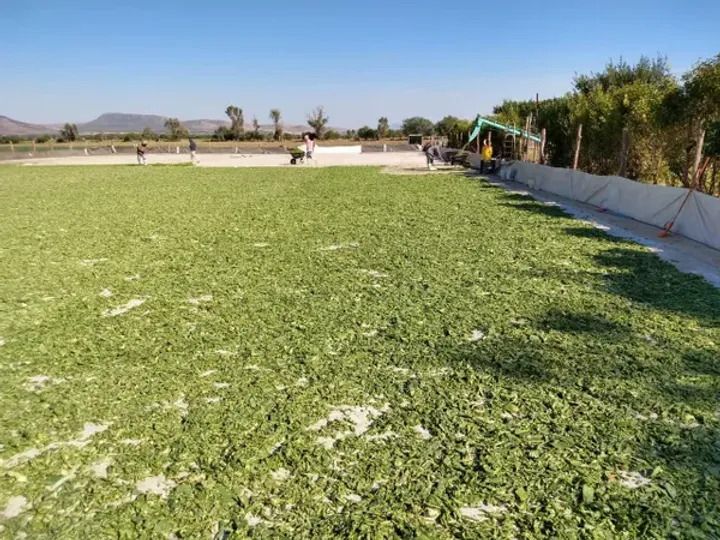
After the mature leaves are cut, it is dried under the sun for 3 days until the correct humidity levels are reached. So, there is no additional energy used for this drying technique. The dried leaves are then powdered and used with their patented formula to create this organic material. The whole farm is managed organically without harming the biodiversity around the area. There is no use of pesticides or herbicides and all the waste is either exported or sold to the food industry.
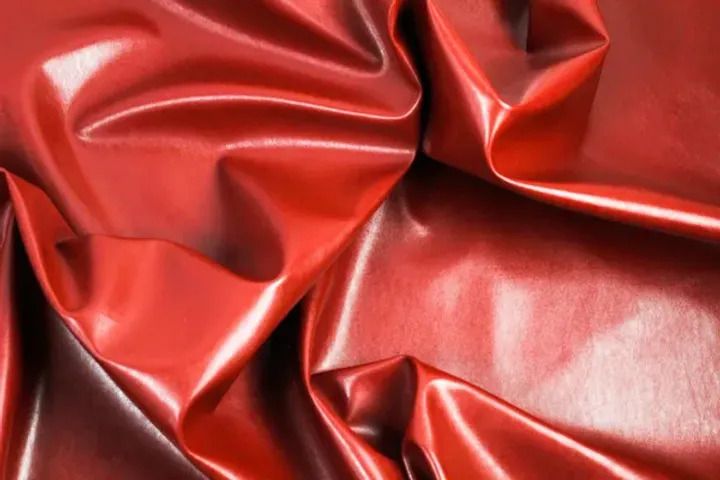
Why should you know about this cactus-based material?
Almost 72 billion animals are slaughtered every year and 70% of all the untreated hide eventually discarded into a landfill. Cow-leather has three times the negative impact on the environment than its synthetic counterparts like Polyurethane and PVC. Tanning of leather requires lots of water and the use of toxic chemicals. These toxic chemicals are released into the earth’s water systems.
It is important to think of the repercussions of your actions before purchasing. It is so essential, now more than ever to lend support to brands that are trying g to decrease fashion’s devastating effects. And, if you would like to support a brand like Desserto, then you can also donate to them here.
What are your thoughts about this new-age sustainable and organic cactus leather? Let me know in the comments below.
Be sure to follow @missmalinifashion on Instagram for more updates.

